Ace any trivia night with these fun facts about America

50 Fun Facts About America That Most Americans Don’t Know


The first official document to name “The United States of America” is the Declaration of Independence
Prior to that, it was known as the “United Colonies,” among other variations. The final version of the Declaration of Independence begins with the phrase: “The unanimous Declaration of the thirteen united States of America.” Thomas Jefferson, who wrote the document in June 1776 before the Continental Congress approved it on July 4, is widely credited with coming up with the country’s official name—although historians don’t all agree on this designation, as the phrase was used informally prior to that.
Recent discoveries found the phrase in an anonymous essay in the Virginia Gazette dated April 6, 1776, and even earlier evidence occurs in a letter from a secretary of General George Washington dated Jan. 2, 1776. Could the origin of our country’s name have come from … Washington himself?
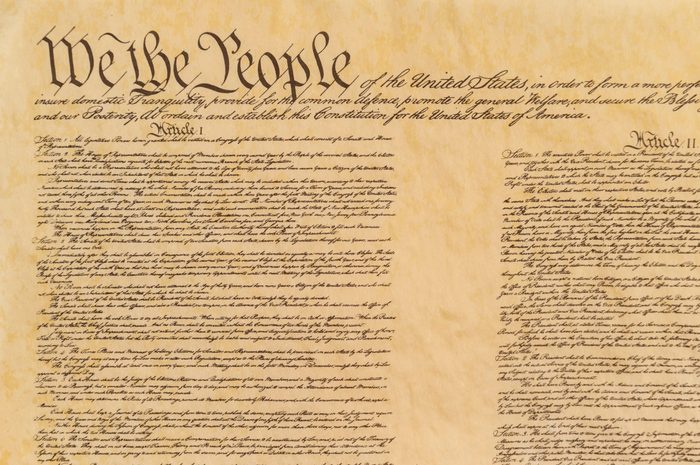
The U.S. Constitution has 4,543 words
The Constitution has been on display in the Rotunda of the National Archives Building in Washington, D.C., since 1952. It was removed in 2001 for analysis, conservation and re-encasement, and returned for display in 2003. All four pages are on view behind airtight glass cases filled with argon gas to protect the aging document.

The name of a state is misspelled in the Constitution
There are multiple grammar mistakes in the Constitution, but one of the most obvious is “Pensylvania” above the signers’ names. This mistake was made by none other than Alexander Hamilton, who was tasked with writing the names of the states next to each one’s delegate. In this case, Pennsylvania’s delegate was Benjamin Franklin.
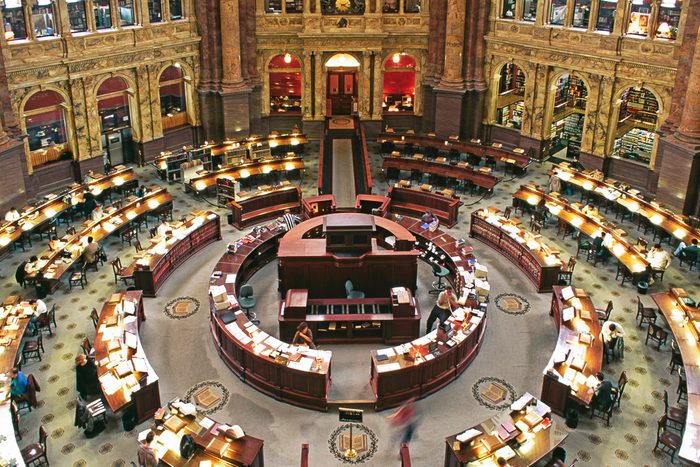
The Library of Congress is the largest library in the world
The oldest federal cultural institution in the country, as well as one of its most beautiful libraries, the Library of Congress was founded in 1800. It’s now the largest library in the world, with millions of books in 470 languages in addition to films, photos, maps, sheet music, sound recordings, legal materials and more types of media. It even has the world’s largest collection of comic books!
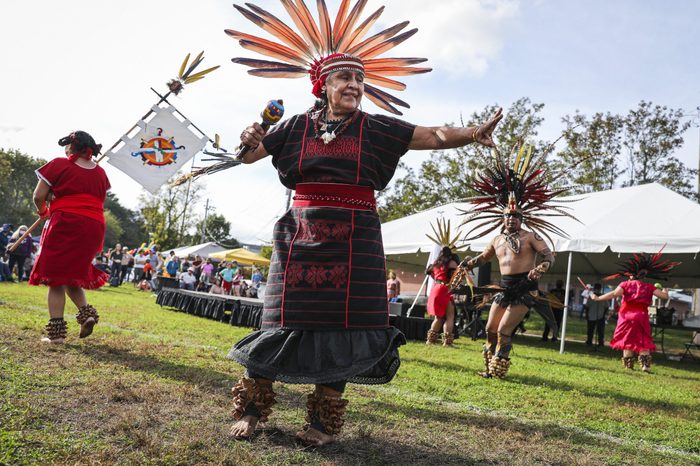
There are 574 federally recognized Indigenous American tribes
This number is current as of December 2024, according to the annual list published by the Department of the Interior’s Bureau of Indian Affairs. Native American tribes that are federally recognized are entitled to certain rights and protections, including limited sovereign immunity and powers of self-government.
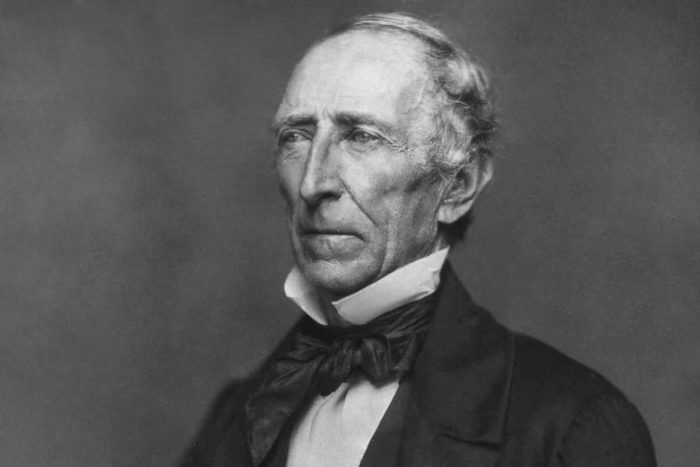
President Tyler, born in 1790, still has a living grandson
This is one of the craziest facts about U.S. presidents you’ll ever hear. President John Tyler’s claim to fame has little to do with politics, but it illuminates how young our country really is. The 10th U.S. president, in office from 1841 to 1845, was born in 1790, when George Washington was president and there were still only 13 states—and his grandson is still alive. How can this be? It’s all thanks to the Tylers’ longevity and, er, virility into old age. The president who had the most children (15), Tyler had his son Lyon in 1853 with his second wife when he was 63 years old.
Lyon also went on to have two wives and children born late in his life: At the ripe age of 72 in 1925, his son Lyon Gardiner Tyler Jr. was born; and in 1928, when he was 75, his son Harrison Ruffin Tyler was born. The younger Lyon lived until 95 years old and just recently died in 2020. Now 97, Harrison is still alive in 2025.

New York City has more people than 38 of the 50 U.S. states
With more than 8 million people, the five boroughs of New York City have a population larger than all but 12 states: California, Texas, Florida, New York (state), Pennsylvania, Illinois, Ohio, Georgia, North Carolina, Michigan, New Jersey and Virginia. More than 200 languages are spoken in New York City.
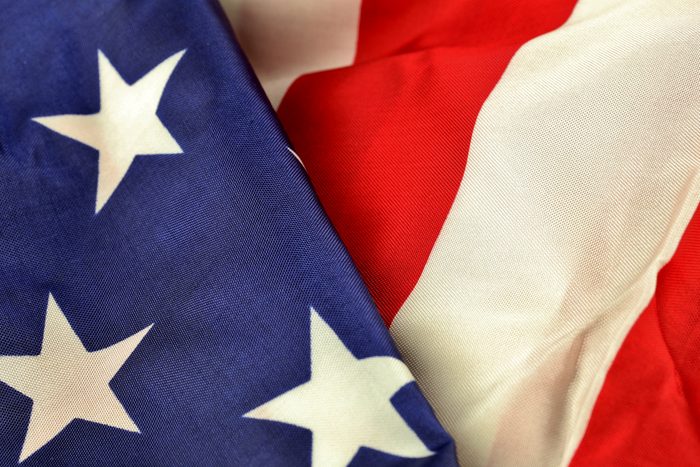
There have been 27 versions of the American flag
This is one of those fun facts about the United States you already know: The original American flag had 13 stars and 13 stripes for the American Colonies. But here’s something you probably didn’t know: The flag has evolved a lot since that original 1777 version as the country expanded—resulting in 27 different versions! New stars were added each time new states were added to the union until we ended up with the iteration we use today, with 50 stars and 13 stripes. This version, in use since 1959 when Alaska and Hawaii joined the U.S., is the longest-used rendition of the flag.
Legend has it that Philadelphia seamstress Betsy Ross made the first American flag, but this story, popularized by her grandson nearly a century later, isn’t backed by any hard evidence.
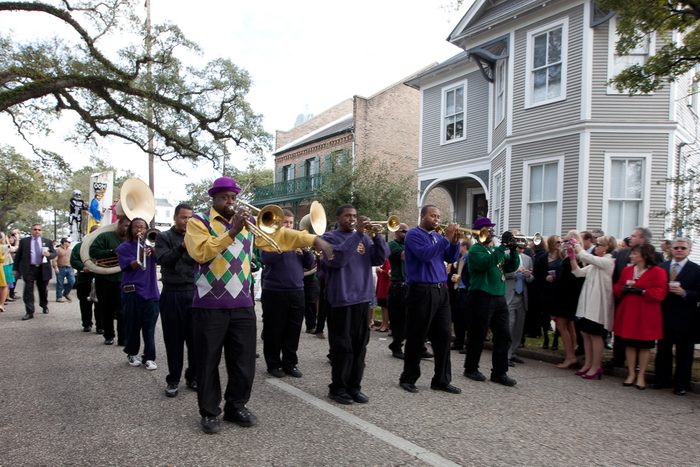
The first Mardi Gras celebration in the United States was in Mobile, Alabama
Although today New Orleans is practically synonymous with Mardi Gras in the U.S., the celebration began in Mobile, Alabama, where the first Mardi Gras was celebrated in 1703—not the Crescent City. Mobile continued its festivities, but New Orleans soon picked up its own Mardi Gras traditions in the 1740s with society balls, and in the 19th century, it grew to the street parades familiar to us today.
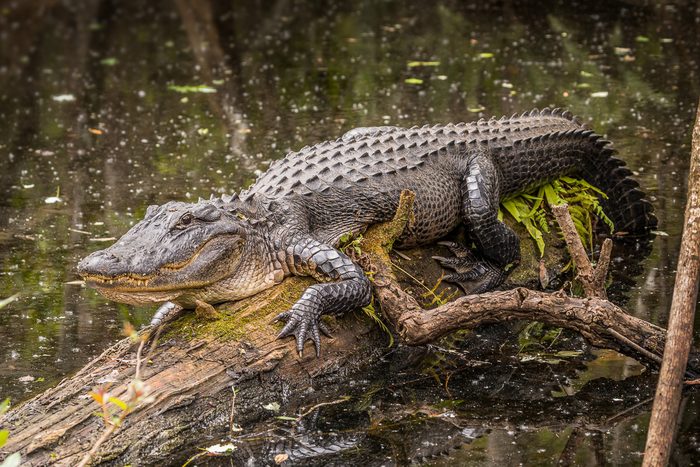
South Florida is the only place in the world where crocodiles and alligators live together in the wild
The American crocodile (Crocodylus acutus) lives in several locations in North, Central and South America, while the American alligator (Alligator mississippiensis) lives in the southern United States. But the only place where you can find them living in the same area in the wild is south Florida. Here’s a fun animal fact for telling them apart: Alligators have shorter, more rounded snouts, while crocodiles have longer, pointier ones.

Indiana has the highest concentration of interstate highways
Ready for a road trip? Indiana has more miles of interstate highway per square mile than any other state. In 1937, the state’s General Assembly adopted “The crossroads of America” as the state motto. While there isn’t a consensus on why the slogan was chosen, some believe it’s because Highways 40 and 41—which were designated as part of the original federal highway system in 1926 and crossed in Terre Haute—made traveling and settling in the West easier.

The U.S. Postal Service is the busiest mail delivery service in the world
Here’s another fun fact about America: The U.S. Postal Service delivers more mail and packages than any other postal service in the world. As old as the country itself, the USPS serves nearly 167 million addresses throughout the United States.
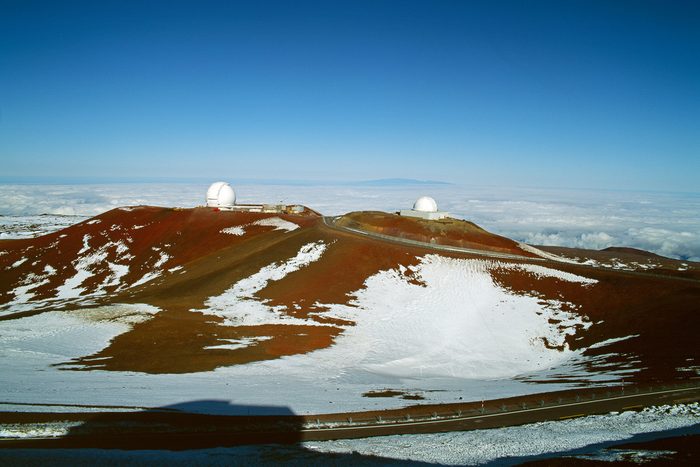
The tallest mountain in the world from base to peak is in Hawaii
Technically, volcanic Mauna Kea on the Big Island of Hawaii is the tallest mountain in the world when factoring in its size above and below sea level. While only 4,205 feet of the mountain is visible above sea level, it measures approximately 33,500 feet from the sea floor. Coming in at 29,029 feet, Mount Everest in Nepal is the tallest mountain above sea level.
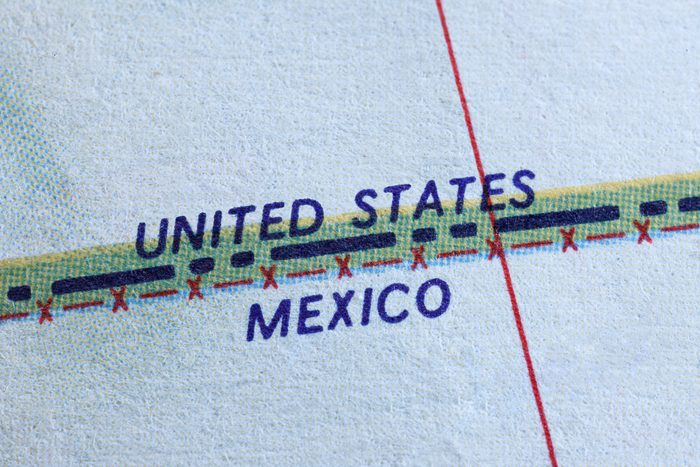
10 states’ borders are farther south than part of Mexico
Pop geography quiz! Which states are farther south than Mexico? It’s not a trick question: Arizona, New Mexico, Texas, Louisiana, Mississippi, Alabama, Georgia, Florida, Hawaii and South Carolina all have borders farther south than the northernmost part of Mexico. This gives new meaning to the phrase “south of the border.”
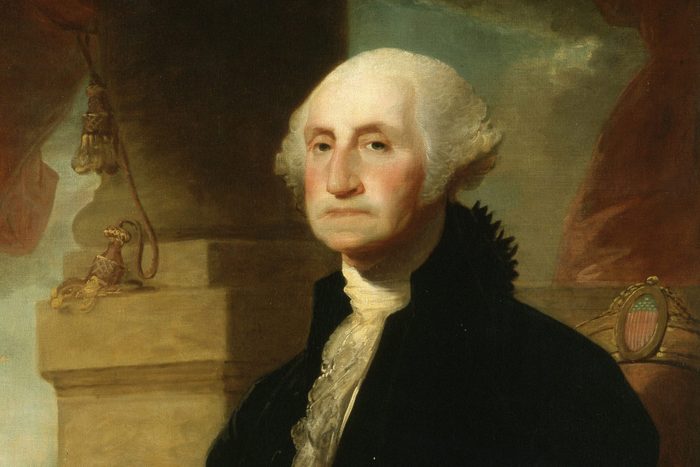
George Washington never ran for president
Unlike his successors, George Washington never actually campaigned to be president: He was simply chosen by the popular demand of the electoral college. This happened for both his first and second terms in office, with the elections of 1789 and 1792. He was also the only president ever to unanimously receive all electoral votes.
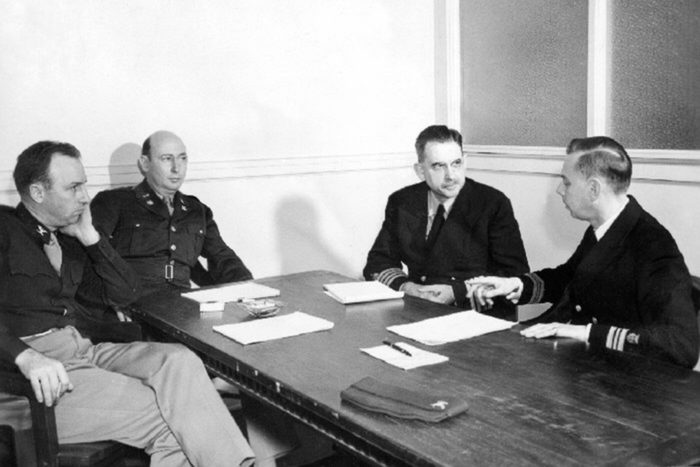
The CDC was founded to fight malaria
The Centers for Disease Control and Prevention (CDC) was founded in Atlanta in 1946 as the Communicable Disease Center with just 400 employees. When it began, the CDC’s primary mission was preventing malaria from spreading to other parts of the country. No longer endemic to the U.S., malaria was eradicated from the country in 1951.
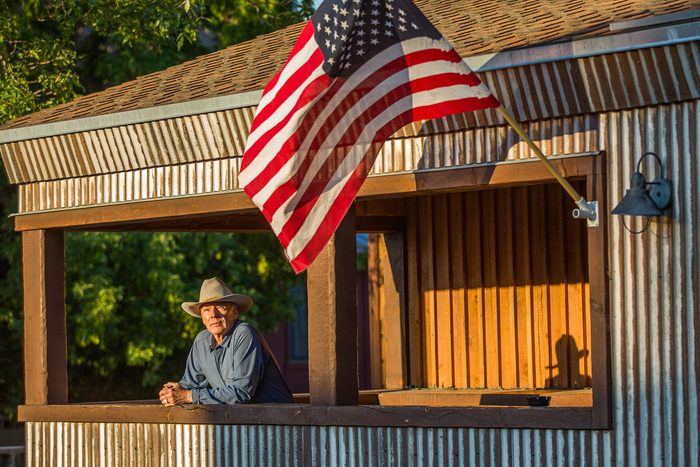
Americans have a shorter life expectancy than people from some other countries
Although life expectancy in the U.S. rebounded back to pre-pandemic levels by 2023, it’s still lower than comparable countries, like Australia, Austria, Belgium, Canada, France, Germany, Japan, the Netherlands, Sweden, Switzerland and the United Kingdom. In 2023, life expectancy in the U.S. was 78.4, compared to 82.5 in the other countries.
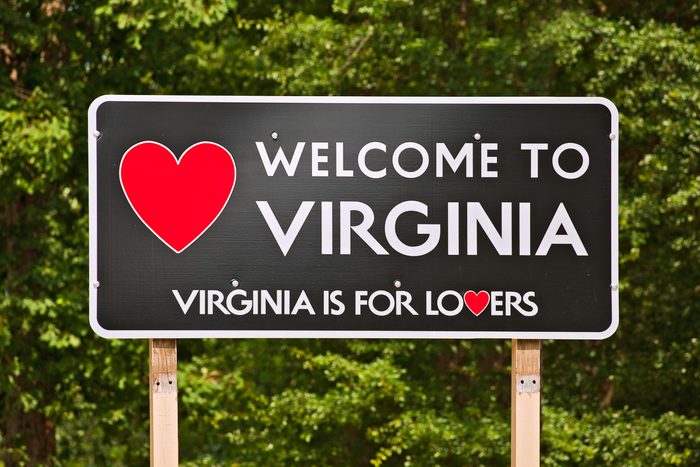
Half of all U.S. presidents came from four states
Here’s some presidential trivia for you: Virginia, Ohio, New York and Massachusetts are the home states of half of all U.S. presidents. Eight are from Virginia, seven from Ohio, five from New York and four from Massachusetts. Only eight presidents were born west of the Mississippi, and only 21 states were the birthplace of a president.

Of the 3,143 counties in the United States, 298 have the names of presidents
The top five presidents with matching county names are: Washington (31), Jefferson (26), Jackson (24), Lincoln (24) and Madison (20). George Washington has the most places, including cities and towns, named after him in the country: 94.

More Americans moved back to their home state during the pandemic
There’s no place like home! Between 2019 and 2022, the percentage of “return-home” movers—people who resided outside their state of birth the previous year and then returned—increased from 4.2% to 5.0%. Interestingly, the total number of Americans who moved in the same period declined.

More than two-thirds of Americans have pets
As of 2023, more than 66% of Americans—or about 87 million homes—reported owning at least one pet. This is an increase of about 10% since 1988. Dogs are the most popular pets, followed by cats, then freshwater fish.

Americans eat about 42 pounds of cheese per person per year
Is cheese one of America’s favorite foods? Currently, each of us eats 42 pounds of cheese a year, more than double what it was when the government first started keeping track of this figure in 1975. In total, Americans now eat 653 pounds of dairy products per person per year. Got milk? Yes, we do—and yogurt and cheese and butter and ice cream too.
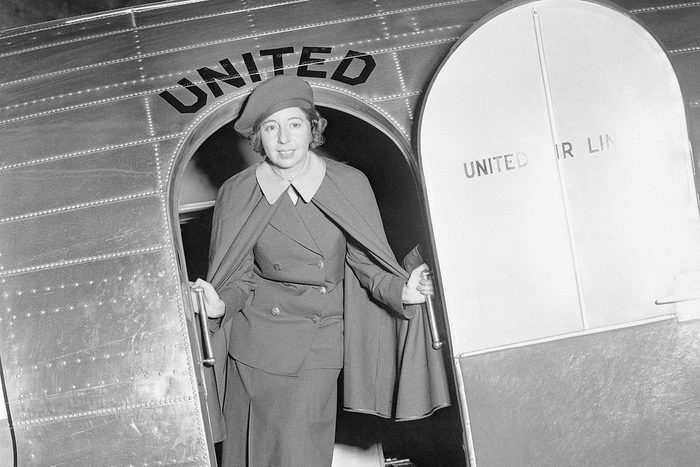
The first flight attendants were nurses
Check out this airplane trivia: In 1930, Ellen Church, a registered nurse with her pilot’s license, approached Boeing with the hopes of becoming an airline pilot. At that time, the company hired only male pilots—and male “stewards”—but she convinced them that female nurses, like herself, would be best suited for easing passengers’ fears and making them feel comfortable while flying. The requirement lasted until World War II, when nurses were needed by the army.

Almost all U.S. presidents have been Christian
Presidents Joe Biden and John F. Kennedy were Catholic, and most of the other presidents have been Protestant—most commonly Episcopalian or Presbyterian. Thomas Jefferson and Abraham Lincoln had no formal religious affiliation, but there has never been a president with a stated religion other than some form of Christianity.

St. Augustine, Florida, is the oldest city in the U.S.
Founded in 1565 by the Spanish, St. Augustine is the oldest continuously occupied settlement of European origin in the United States. It was established 42 years before the English colonized Jamestown and 55 years before the Pilgrims landed at Plymouth Rock. The city has the only urban center in the U.S. with a street pattern and architectural style that reflect its Spanish roots.
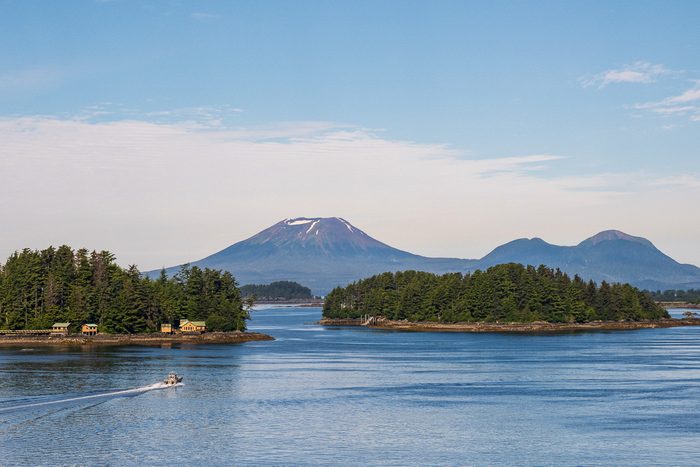
Alaska has more volcanoes than any other state
Move over, Hawaii! There are more than 130 volcanoes in Alaska—54 of which have been active within the last 300 years. Alaska also has more glaciers than any other state, and interestingly, some of its volcanoes are glaciated, which means they are shaped by past and present glaciers.

There was a short-lived United States Army Camel Corps
In 1855, the U.S. Army allocated $30,000 toward purchasing and importing camels to the American Southwest in order to determine whether the pack animals would be useful for traveling and settling in the newly acquired territories. The U.S. Army Camel Corps didn’t last long, though, as the Civil War threw a wrench into the plans. And because most of the camel supporters were Confederate, after the war the Union chose to end the program. After less than a decade, most of the camels were sold to circuses, zoos and traveling shows.

George Washington never had wooden teeth
Contrary to popular belief, the first president of the United States did not have a set of wooden dentures. Throughout his lifetime, George Washington owned and wore several sets of dentures made out of a variety of materials, including ivory, gold, lead and human teeth. One theory for how the myth developed is that his ivory teeth became stained over time, giving them a wood-like appearance.

Wyoming was the first state to give women the vote
When the 19th Amendment was passed in 1920, it guaranteed women in all states the right to vote. However, there were individual states where women could vote before that. Back when it was a territory (and not yet a state), Wyoming gave women the right to vote in 1869. It became a state in 1890, officially making it the first state to allow women to vote.

The Gateway Arch is the tallest monument in the U.S.
Located in St. Louis, Missouri, the historic landmark of the Gateway Arch is 630 feet tall. In comparison, the Statue of Liberty is 305 feet, and the Washington Monument is 555 feet. Completed in 1965, the arch was designed by architect Eero Saarinen to commemorate the city’s role in the westward expansion of the United States.

Southern California has about 10,000 earthquakes each year
But luckily for Californians, these earthquakes aren’t all big ones. In fact, most are so small that people don’t feel them. Only about 15 to 20 are greater than a magnitude 4.0. A big earthquake, though, can cause aftershocks for months afterward.
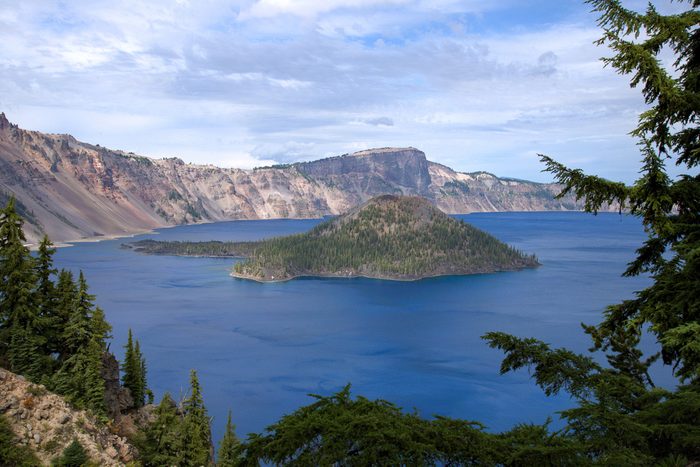
Crater Lake is the deepest lake in the United States
Located in the Cascade Mountains of southern Oregon, Crater Lake is 1,943 feet deep and is the seventh-deepest lake in the world. Most of the water in the lake is melted snow, so it’s also one of the clearest lakes in the world.

Americans purchase 350 million pounds of hot dogs at retail stores each year
That’s around 9 billion hot dogs consumed, according to the National Hot Dog and Sausage Council (yes, apparently that’s a thing)! And this doesn’t include the hot dogs purchased and consumed at restaurants or sporting events, so it’s really just counting all those summer barbecues and grill-outs we have every year. In total, the council estimates Americans consume 20 billion hot dogs a year, more than twice the retail sales figures.

Nearly 97% of all U.S. households have at least one TV
What’s even more shocking about this figure is that 3% of households don’t have a television. But in this day and age, maybe they just stream on their computers or phones instead. According to Nielsen, in 2023–2024, 125 million American households—around 315.3 million people total—had a TV, up 1% from 2022–2023.

The U.S. is the second-largest manufacturing nation in the world
As you probably guessed, China is the largest. In terms of value added, the largest areas of manufacturing in the United States are chemical products; food, beverage and tobacco products; and computer and electronic products.

James is the most popular name in the U.S. in the last century
Between 1924 and 2023, exactly 4,586,625 people named James were born in the country. The most popular baby name for girls for that same period is Mary, which was used 2,985,148 times. The second-most-popular boy’s name is Michael, and the second-most-popular girl’s name is, somewhat surprisingly, Patricia.

Luna and Milo are the most popular dog names
Well, of the past year, anyway! According to the American Kennel Club, in 2024, Luna was the most common pet name for female dogs, while Milo was the most common name for male dogs. This was followed by Bella for girls and Max for boys. Guess Fido and Spot have had their day!

Cooking and baking is the most popular hobby in the U.S.
One of the most surprising fun facts about America might be what hobbies we enjoy most: In 2024, roughly 41% of Americans spent their free time in the kitchen—and say they actually enjoy it. Reading is the second-most-popular hobby (36%), followed by pets, video gaming and outdoor activities.

Fort Myers, Florida, is the fastest-growing city in the U.S.
Located on Florida’s Gulf Coast between Tampa and Naples, the population of Fort Myers is increasing faster than any other city in the country, according to U.S. News & World Report‘s “Best Places to Live” analysis. Part of the reason for this is the city’s popularity as a retirement destination—not to mention the blue skies, warm weather and beautiful beaches of the Sunshine State.
A Town in Nebraska Has a Single Resident. The only incorporated town in the U.S. with a population of one person can be found in Monowi, Nebraska. As the BBC put it, Elsie Eiler pays taxes to herself and grants her own liquor license.
byu/Nicat_95 ingeography
The smallest town in the United States has a single resident
Though it was once a bustling community of around 150 people, today Monowi, Nebraska, has one resident—Elsie Eiler—making it the smallest town (incorporated) in the country. Eiler, who turned 91 in October 2024, serves as the town’s mayor, librarian and tavern owner, and has become somewhat of a national celebrity due to her lone-resident status.
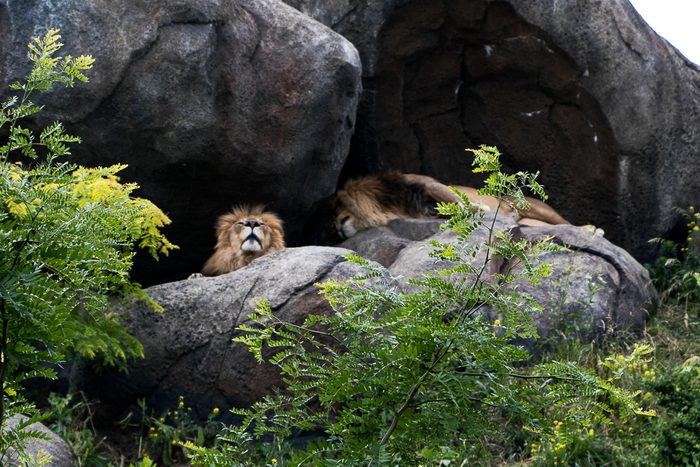
The largest zoo in the U.S.—and the world—is in Nebraska
The country’s smallest town isn’t Nebraska’s only claim to fame. Omaha’s Henry Doorly Zoo and Aquarium is not only the biggest Association of Zoos and Aquariums–accredited zoo in the country—it’s also the largest in the world, based on total acreage, number of species and exhibit sizes. Founded in 1895 and one of the best zoos in America, in its early days it featured animals on loan from showman William “Buffalo Bill” Cody.

The oldest continuously operating hotel in the country is in New York
Located in Rhinebeck, New York, in the Hudson Valley, the Beekman Arms has been open and operating since 1766. This historical hotel counts George Washington, Benedict Arnold and Alexander Hamilton among its early guests—in fact, the tavern is said to be the place where Hamilton argued with Aaron Burr, leading to the fateful duel in which Hamilton was killed. The Beekman Arms also has another place in U.S. history: Nearby resident President Franklin Delano Roosevelt began each of his political campaigns from the front porch of the hotel.

Buffalo was the first electrified city in the U.S.
On Nov. 16, 1896, at midnight, inventor Nikola Tesla turned on the switch that brought widespread electricity to Buffalo, courtesy of long-distance alternating current (AC) generators located at Niagara Falls, which were designed and patented by Tesla, and built by the Westinghouse company. The first electric power went to the city’s street railway company.
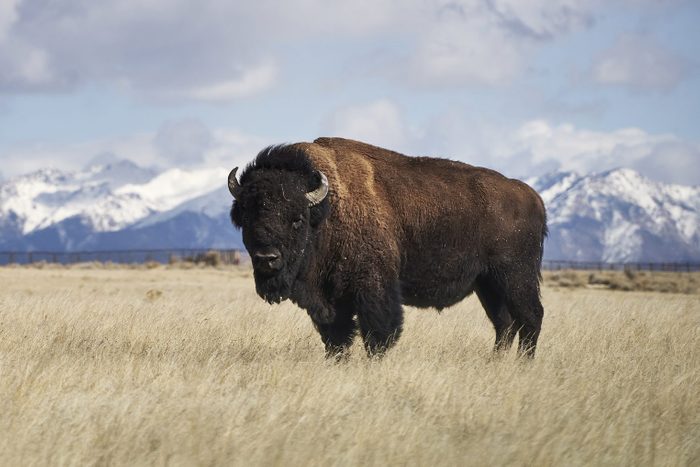
The U.S. has a national mammal
You probably know the bald eagle is the national bird, but did you know this piece of animal trivia—that the American bison is the national mammal? This designation was made official on May 9, 2016. Bison are the largest mammals found in North America and were nearly extinct at the end of the 19th century, with only a few hundred left. Thanks to conservation efforts, bison are thriving today. The huge animals can weigh up to 2,000 pounds, but they’re also fast, running at speeds up to 35 mph, so don’t get too close.
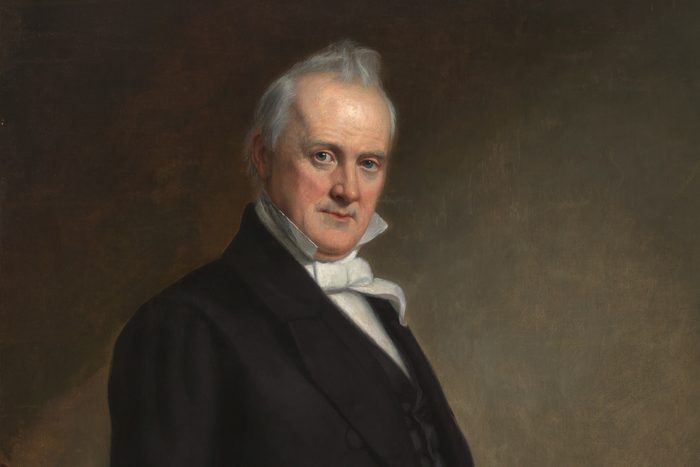
James Buchanan was the only U.S. president who never married
The 15th president of the United States served from 1857 to 1861, just before the American Civil War, and was the only bachelor president—although why is one of the major presidential mysteries. His niece, Harriet Lane, performed the duties of the first lady during his term, acting as the hostess for the White House.

Oregon grows more Christmas trees than any other state
Each year, Oregon produces more than 4.7 million Christmas trees, about a third of the total produced in the country. North Carolina is close behind, producing close to 4 million trees annually. The most popular type of Christmas tree is by far the Fraser fir, followed by the Douglas fir.

Hawaii is the most expensive state to live in
The Aloha State is beautiful … but pricey. The median home cost in Hawaii is $846,400, which is the highest in the country. Utilities cost a staggering 98.8% more than the national average, and health care, transportation and groceries cost almost 20% more than the national average. That’s the downside of living in paradise in the middle of the ocean!

Vernor’s is the oldest soda in America
The barrel-aged ginger soda was created in Michigan in 1866 and patented in 1880. The drink remains particularly popular in parts of the Midwest today—although you’re probably more likely to have heard of the second-oldest soda, Dr. Pepper, first sold in 1885.

America doesn’t have a national dish
You’ve heard the phrase “American as apple pie,” right? Well, as it turns out, an interesting fact about the United States is that while many countries have designated “national dishes,” there isn’t a single food or foods that have that label in the U.S.—not even apple pie, hamburgers or hot dogs. However, many U.S. states have an official state food to sink your teeth into!

Americans watch an average of three hours of TV per day
We certainly love our TVs! According to recent stats, people aged 65 and older watch the most TV: an average of more than four hours. In contrast, young adults aged 15 to 19 watch less TV than any other group, averaging less than two hours each day.
Why trust us
At Reader’s Digest, we’re committed to producing high-quality content by writers with expertise and experience in their field in consultation with relevant, qualified experts. We rely on reputable primary sources, including government and professional organizations and academic institutions as well as our writers’ personal experiences where appropriate. We verify all facts and data, back them with credible sourcing and revisit them over time to ensure they remain accurate and up to date. For this piece on fun facts about America, Elizabeth Yuko, PhD, tapped her experience as a longtime journalist and researcher to make sure all information is accurate. Read more about our team, our contributors and our editorial policies.
Sources:




















